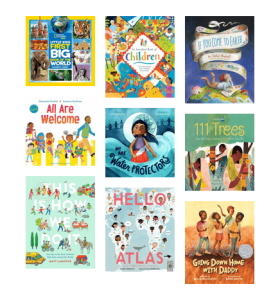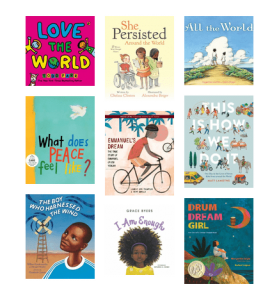 Learning to read independently involves more than recognizing and sounding out words. The process merges two elements:
Learning to read independently involves more than recognizing and sounding out words. The process merges two elements:
- Decoding - associating sounds to letters
- Comprehension - understanding what you read from beginning to end
When students can decode, they can read anything. But that doesn’t mean students will understand everything they read.
Comprehension requires prior knowledge
Research increasingly demonstrates the effect background knowledge has on understanding what you read. Even if you know the vocabulary, the lack of familiarity with a topic may make the text difficult to comprehend.
Educators who teach reading instruction often concentrate on “finding the main idea” and “summarizing,” a disputable approach. If a child doesn’t understand the context, the central theme is difficult to grasp. Consequently, students who know about a lot of subjects can attain higher scores on reading comprehension tests.
The “knowledge gap” also highlights achievement inequality for low-income and students of color. A family with increased resources is more likely to provide opportunities for their children to expand cultural and social awareness, supplying a context for reading that their less-resourced peers probably have not received.
The influence on reading development extends beyond caregivers and teachers. An enriched curriculum with overlapping content across a wide range of topics prepares students for advanced coursework more than skills-based strategies. A consistent, year–to–year incremental program that scaffolds on a broad knowledge base are critical. Combined with an enhanced home environment, this will lead to higher academic success.
How the brain works
There are three mechanisms the brain uses to understand a complex text:
- Form ideas about individual sentences
- Combine sentences to formulate meaning
- Construct a broad understanding of the text
Additional information about a topic helps absorb the meaning in longer, more complex narratives. Also, the material is stored in long-term memory, allowing working memory to take in, retain, and comprehend the text with less effort.
How parents can help
Expose students to texts with higher complexity, sophisticated syntax, and vocabulary. Fiction and nonfiction read-alouds are an enjoyable way to accomplish this. Have conversations about the books being read and ask questions to help them connect new details with ideas and information they already know. Primed with the background, a child that independently reads similar books will further extend their skills.
If a child is curious about an interesting aspect of a topic, encourage deeper study. Inspire curation of new details in creative ways, such as drawing, producing a video, writing a short story, making a photo montage, erecting a shadow box, constructing a board game - the possibilities are endless!
Foremost during this unrivaled time of distance learning, focus your child's reading progress on expanding the breadth of knowledge, making connections, and a joy of learning. Decoding skills will develop over time.
Enjoy the journey!
“The best reading materials are those that teach something about the world.”
Explore the World, opens a new window
Marin City Library Kids: World / Hope, opens a new window
Sources
Diving deeply into content could be the key to reading comprehension, opens a new window. KQED [media website]
Korbey, Holly. (2020, July 28). Literacy: Is it Time to Drop ‘Finding the Main Idea’ and Teach Reading in a New Way?, opens a new window Edutopia [education website]
Willingham, Daniel. (n.d.) Teaching content is teaching reading, opens a new window. www.danielwillingham.com [YouTube video]
Image by C Technical from Pexels




Add a comment to: Reading Comprehension